JLR is on track for a solid annual profit
Words NZ Autocar | Images JLR, Autocar UK
Jaguar Land Rover has reported a year-on-year drop in profits for the third quarter of its 2025 fiscal year. That’s despite bringing in record revenue (£7.5 billion). However, it remains on track for a solid full-year result.
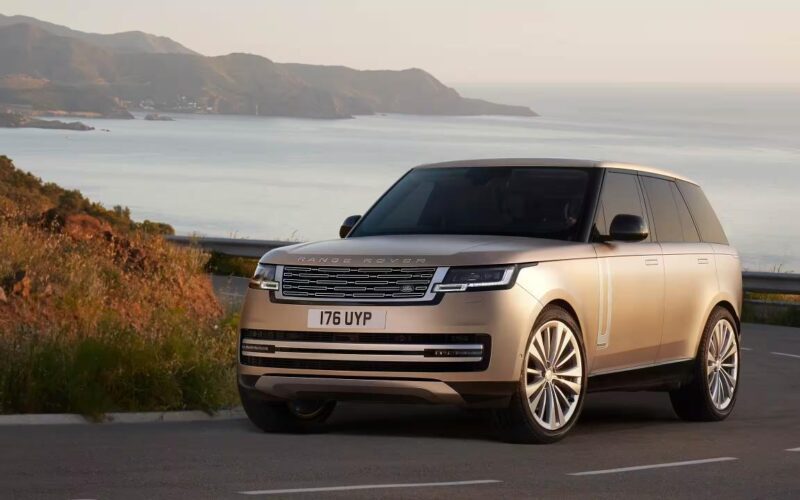
The Indian-owned British manufacturer reported £523m in profit before tax (PBT) and exceptional items. The total was £375m million in profit after tax (PAT) between October and the end of December.
That compares with £627m PBT and £592m PAT in the same period last year.
Earnings in the quarter were at a 10-year high before interest and tax (EBIT) margin of 9.0 per cent.
Evidently the drop in Q3 profits was due to foreign exchange revaluations, following a drop in the value of the pound. Warranty costs and discounting also contributed.
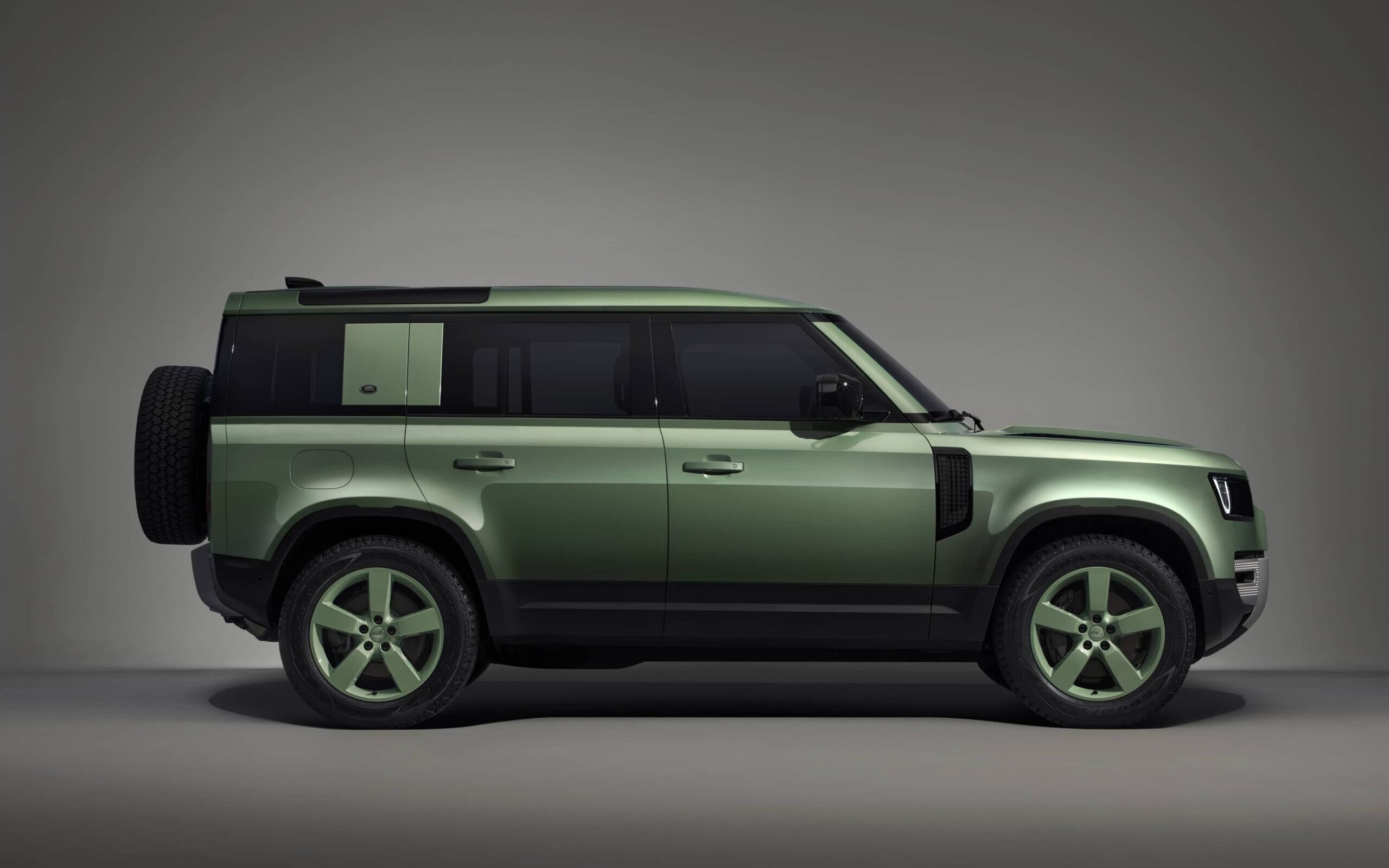
That said, a weaker pound could benefit the company, if the US imposes tariffs on foreign automotive exports.
JLR’s profit for the full year to date (from the start of May 2024 to the end of December) stands at £1.6b, the best for a decade.
The company said the successful quarter was the result of decent volumes. Wholesale figures were up 3 per cent for the period to 104,427, although retail sales fell slightly to 106,334. An improved product mix helped.
Of note, its most profitable models – the Range Rover, Range Rover Sport and Land Rover Defender – now total almost three-quarters of its wholesale figures.
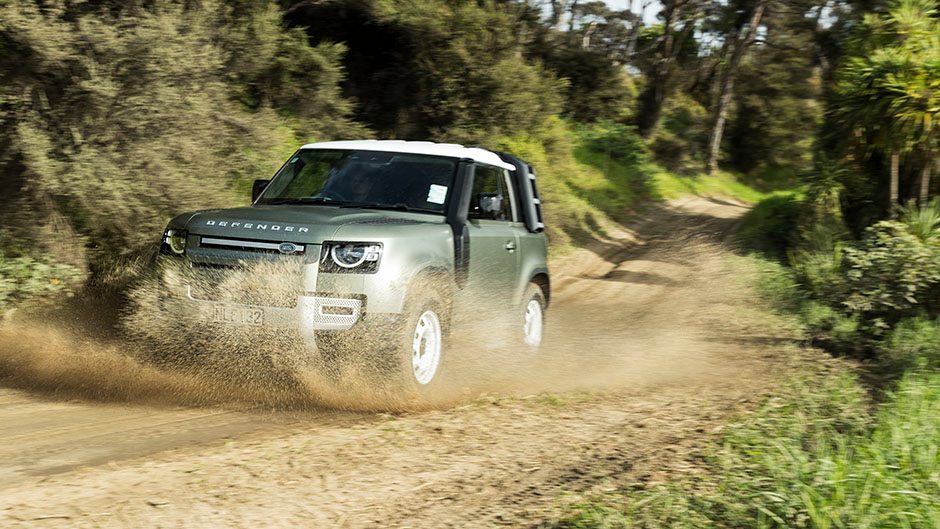
JLR also benefited by extending the life of its combustion-engined models.
The firm said it was “on track” to achieve an outstanding result for the full 2025 fiscal year.
CEO Adrian Mardell said: “JLR has delivered a robust performance in the third quarter of our financial year and reached further milestones in our Reimagine strategy.
“Thanks to our people and partners, we achieved record Q3 revenue and…our electrification plans are progressing.”
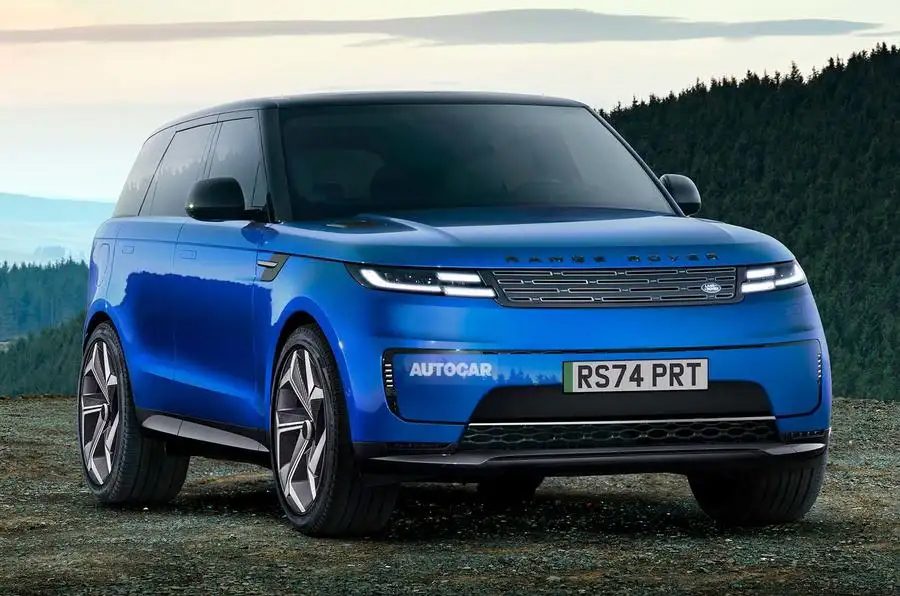
Range Rover Electric
And on that, the first-ever Range Rover Electric launches later this year. Already, more than 57,000 people have joined the waiting list to get their hands on the zero-emissions luxury SUV.
On-road hot and cold weather testing continues around the globe and it was spotted pounding the Nürburgring as well.
Range Rover Electric will look identical to the existing ICE models, apart from a new flush grille insert. This is for improved aeros and optimised range. Also, less cooling is required overall.
Teaser shots indicate the Range Rover Electric will feature EV-branded centre caps on its alloy wheels, and an electrically operated charging port door.
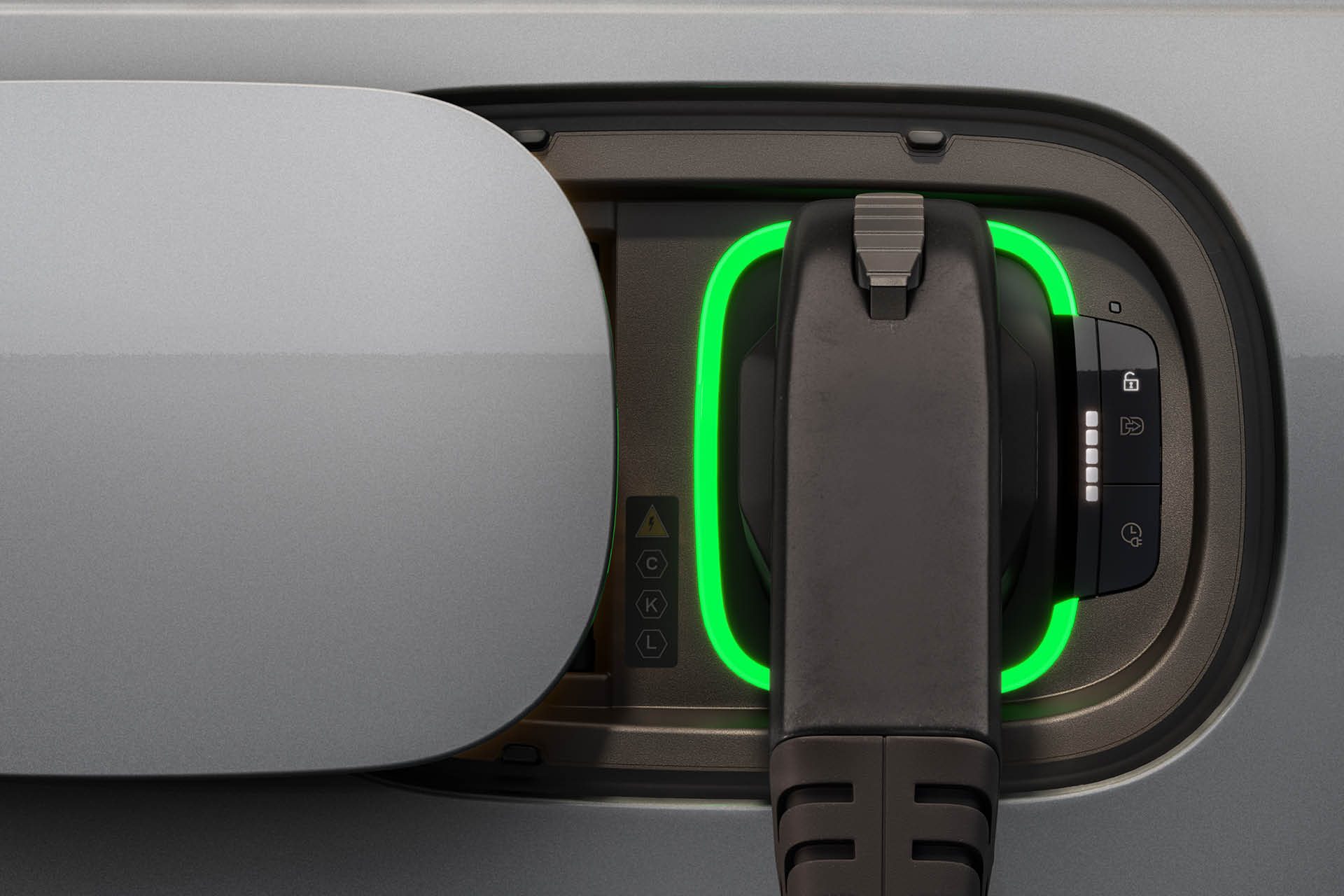
The rear is much the same as the ICE powered cars, save for the lack of exhausts. It rides on the same Modular Longitudinal Architecture (MLA) as the ICE models and is being built at the same facility in Solihull. JLR reports that the batteries and motors are made at the firm’s Electric Propulsion Manufacturing Centre in Wolverhampton.

Expect as much performance as the flagship V8 manages. An 800-volt electrical architecture is promised so the RRE can hook up to 350kW ultra-rapid charge points. This should allow a 10-80 per cent recharge in under 30 minutes, despite a battery pack of over 100kWh.
Thomas Müller, from Product Engineering at JLR said: “We are on target to create the quietest and most refined Range Rover ever.”
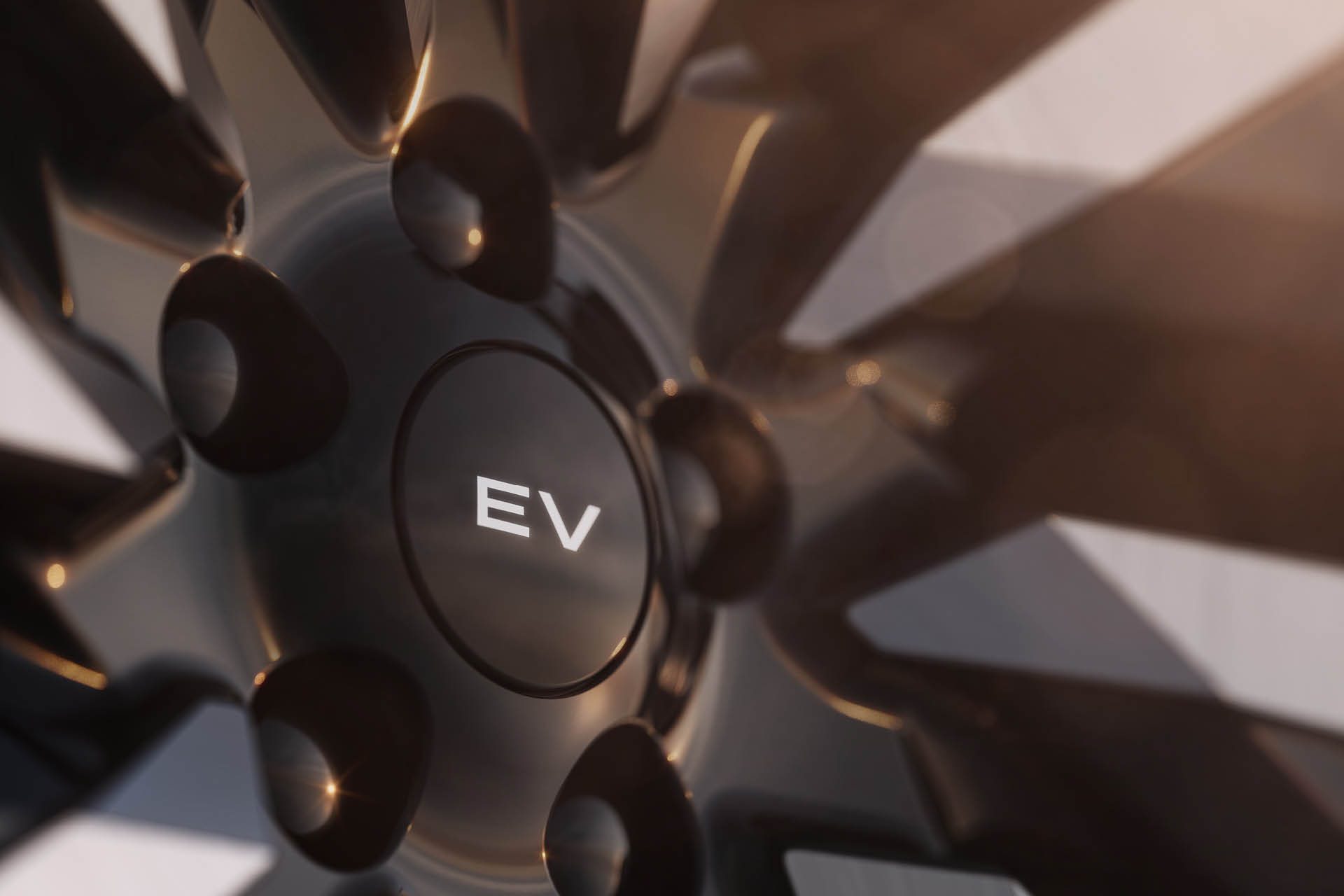
Its off-road creds will rival those of the existing RR models; an 850mm wading depth is the same as that for the current Defender.
Geraldine Ingham, Range Rover’s MD, said of the current RR, “We’re seeing the highest levels of client demand in our 53-year history.
She added that the electric version is “the most anticipated Range Rover of recent times.”





